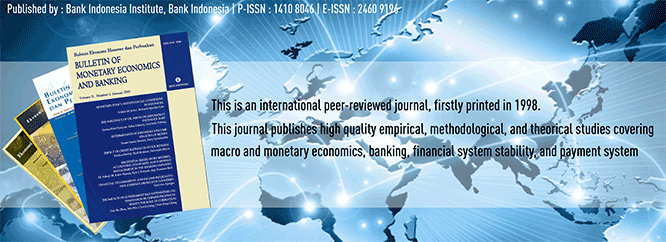
Document Type
Article
Abstract
In the neoclassical belief, capital flows downhill from rich to poor countries as a consequence of capital endowment variation. In contrast to the neoclassical belief, Lucas found evidence that capital tends to flow uphill. This paper investigates the intra ASEAN-5 capital flows. Using panel estimation, we found that marginal product of capital, human capital, total factor productivity growth, and the quality of institutions appear as determinants for the capital flow from Indonesia, Malaysia, Philippines, and Thailand to Singapore as a host country. On the contrary, the capital flow from Singapore to other ASEAN countries as host countries is encouraged only by the quality of institutions, human capital as well as per capita GDP. The result shows that Lucas variables emerge as determinants for the uphill and downhill capital flow in ASEAN-5. In the meantime, marginal product of capital that represents neoclassical variable appears as the determinant for uphill capital flow from other ASEAN countries to Singapore. This gives significant insight that Lucas variables emerge as companion to the neoclassical variables in explaining intra ASEAN capital flow
Recommended Citation
Qolbi, Nurul and Kurnia, Akhmad Syakir
(2015)
"INTRA ASEAN-5 CAPITAL FLOWS: DO THEY REPRESENT NEOCLASSICAL BELIEF OR LUCAS PARADOX?,"
Bulletin of Monetary Economics and Banking: Vol. 18:
No.
2, Article 3.
DOI: https://doi.org/10.21098/bemp.v18i2.521
Available at:
https://bulletin.bmeb-bi.org/bmeb/vol18/iss2/3
First Page
157
Last Page
182
Creative Commons License

This work is licensed under a Creative Commons Attribution-NonCommercial 4.0 International License
Country
Indonesia
Affiliation
Diponegoro University







